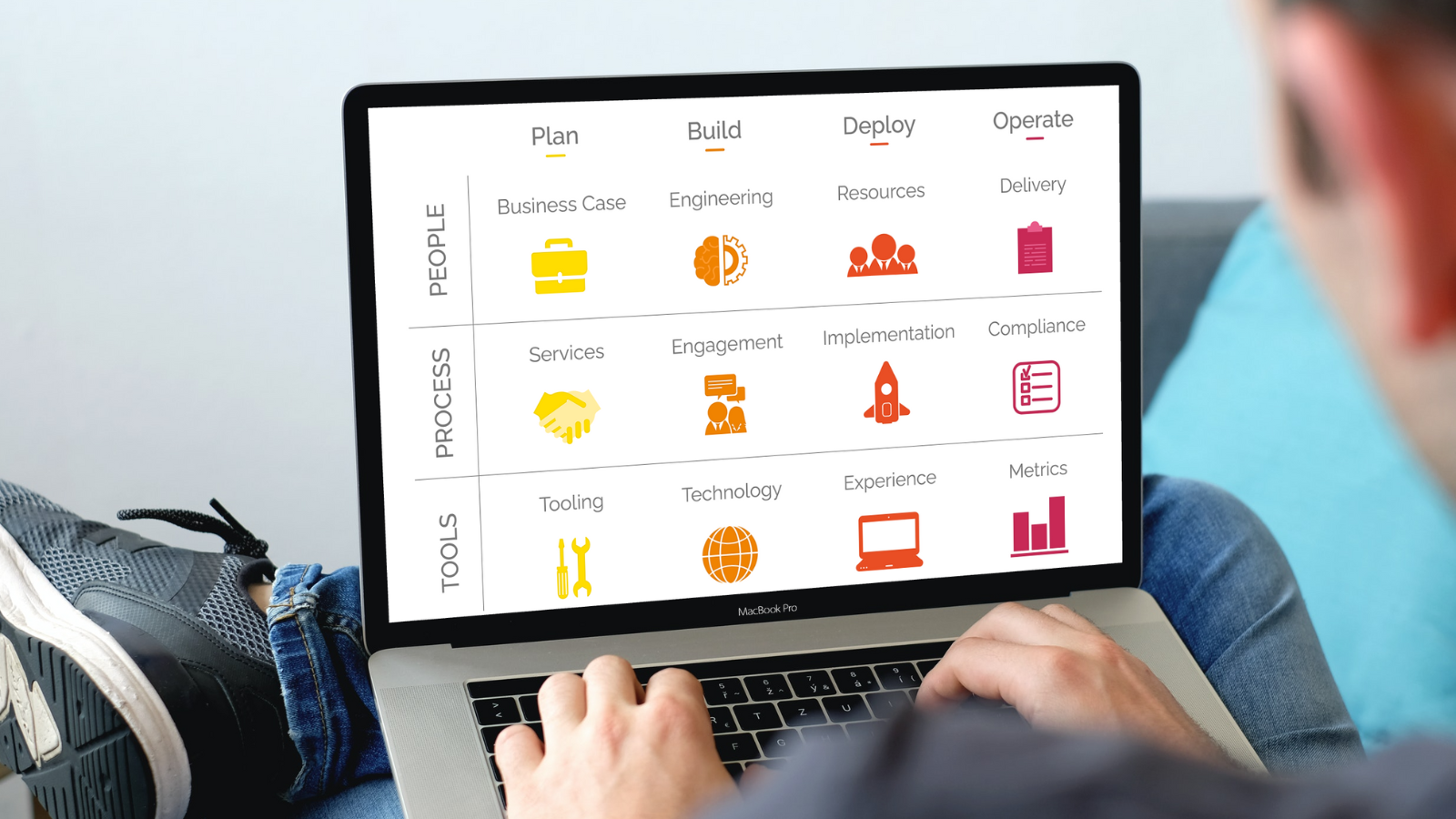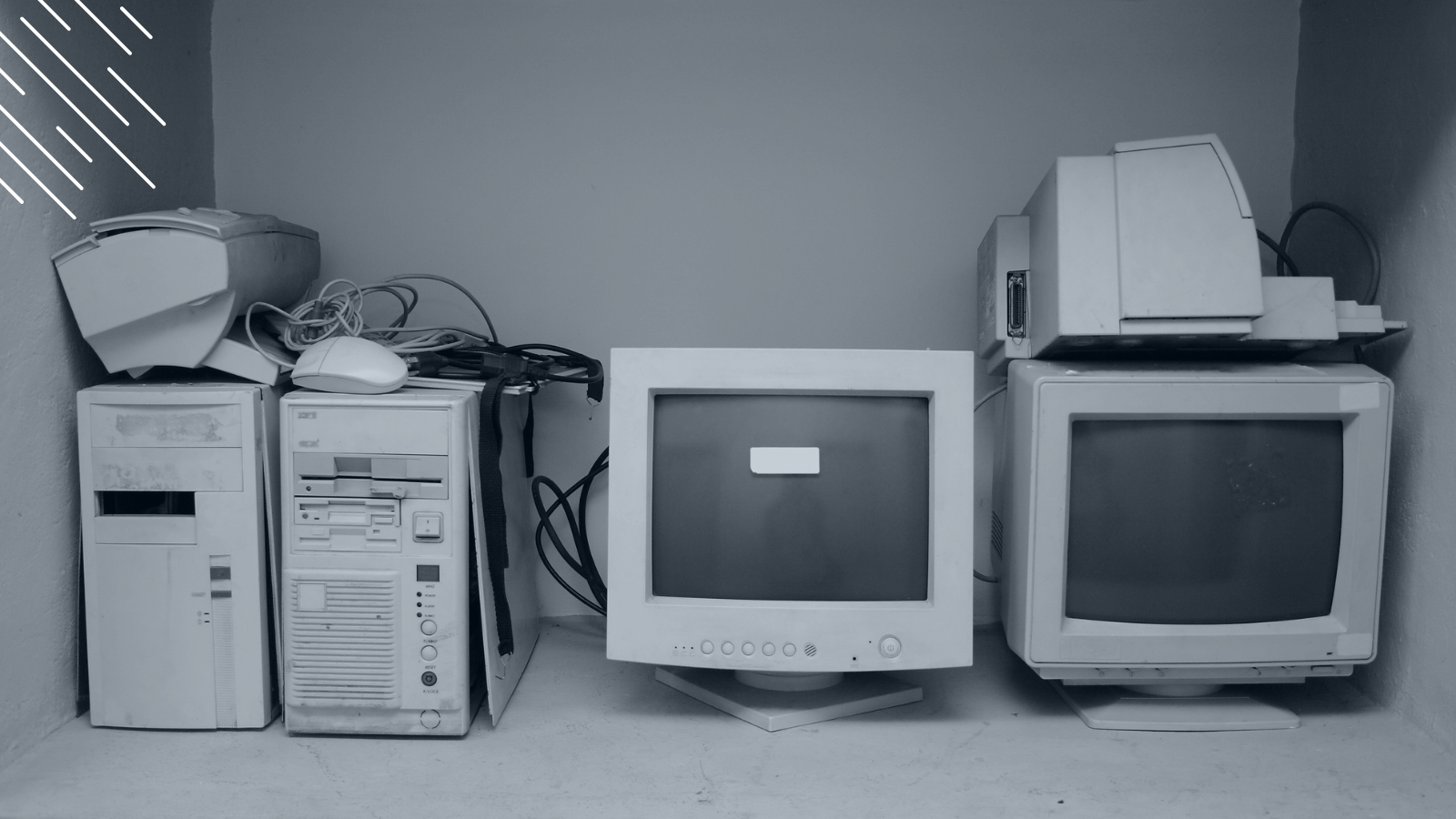Drastically accelerate your device refresh with these 2 strategic & 2 practical ways
June 8th, 2022
5 min read
By Neil Wheeler

As large organizations are preparing for Windows 11 and are moving increasingly towards Evergreen IT Management, many questions arise on how to streamline and accelerate the process. Now that most have learned to upgrade Windows 10 in a Business-as-Usual fashion, the link between OS upgrades and hardware replacement has reduced and thoughts have turned towards smoothing out the replacement of devices as opposed to the previous big bang replacement approach.
Below, I have summarized two strategic and two practical tips that will enable you to eliminate much of the chaos, risk, and frustration often associated with large device replacement projects while reducing costs and resources. Most importantly, implementing these will improve your employees' experience.
Strategic #1: refresh on an as-needs basis
There are two main reasons enterprises contact us about hardware refreshes now. They either:
- Want to plan their Windows 11 migration and are concerned about the hardware requirements and/or
- Many devices are at the end of their lifecycle, but this time, they want to smooth out the replacements across multiple months and manage it Business-as-Usual (BAU).
From our Windows 11 Assessment Service results (the hardware assessment is free to all Juriba customers, so sign up today!), we know that up to 68% of hardware in enterprise customers is not compatible with the stringent hardware prerequisites Microsoft prescribes before migrating to Windows 11.
In addition, many large organizations are seeking to roll out new devices based on their lifecycle requirements as well as on internal capacity, making the process more efficient and cheaper as you need fewer resources to manage it and you get more life out of your devices as you replace them when they need to be replaced, not when your next big-bang project comes around.
With Dashworks, you can determine which devices need replacing (you can do it yourself, or we can do it for you as part of the assessment service). Now, you can overlay that with your team's capacity restraints and other restricting factors, and you can plan a waved-based upgrade stream that won't disrupt anything and can be managed in the background in Business-as-Usual mode.
Strategic #2: set yourself up for tighter device lifecycle management
Another vital component of managing a modern hardware refresh is automatically assigning devices to users so you can track the lifecycle of a device from birth to disposal. Rather than just keeping a hardware stock inventory (e.g., we have 39,125 devices, and 6,500 are out of warranty), you now know exactly which user has which device, what the warranty expiration dates are, when it is due for replacement, which user had it before the current owner, whether it is going to be reused or disposed of, and so on. Done well, hardware lifecycle management should be a proactive process rather than a reactive one.
All this information is centrally held and managed by the Device Lifecycle Management feature (available since release 5.6.8). In addition to the just-mentioned benefits, it allows you to:
- Maintain the device status throughout its entire lifecycle (from purchase initiation to disposal),
- Map any devices to their replacements (Device Forward Pathing) and maintain an audit history,
- Track the reason for its replacement (e.g., due to loss, breakage, or approach of lease or warranty end date all within Juriba),
- View the current device status (e.g., on order, in stock, in use, to be replaced/upgraded, or retired),
- See the full replacement history of a device,
- Understand and manage relationships between devices (which device will be replaced with which),
- Plan a device forward-path (and view "Next Replacement Devices"), and
- Automatically merge the records for the new device with the right record discovered in the hardware inventory system (e.g., MECM).
- Integrate with your existing procurement, request and ITSM systems to provide the most efficient path
In addition, we are seeing an increase in enterprises moving towards Modern IT. For example, they are utilizing Microsoft Autopilot to eliminate some of the hardware refresh obstacles. Although it has its challenges, e.g., the hardware vendor will need to register the devices in Microsoft Intune while most enterprises are using Intune and MECM in hybrid mode, it really makes sense to use it. If you do use Autopilot, you can use Juriba to mark the refresh as complete and assign it to the user once the device is registered in the company's Active Directory or MECM.
Practical #1: maximize user engagement with self-service
As IT in the consumer world has moved on, users' expectations with a replacement device process have also evolved. Historically, it was regularly a surprise to the user when they received a new device. Yet, for many enterprise knowledge workers, their laptop or PC is their lifeline. Instead of being happy to have a new, faster device, this process results in a lot of apprehension, fear, and frustration.
Nowadays, many enterprises will communicate the upcoming refresh ahead of time and involve the user much more. Allowing the employee to become part of the process and have a say will lead to happier, more satisfied users and a smoother process for you. For example, by using Juriba Automated Communication and Self-Service capabilities, you can:
- Inform your employees of the upcoming hardware refresh and explain the process so they know what to expect,
- Verify their job role, department, and location as well as their happiness with their current device specs,
- Provide them with a pre-approved list of devices to choose from,
- Allow them to pick a preferred delivery period or pickup date and location (see below),
- and much more.
You can automatically trigger emails being sent to users based on a T-Minus schedule, their department, location, or device specifications.
Practical #2: maximum flexibility for all shipping scenarios
Even though 75% of US workers never worked from home before the pandemic, by the end of 2021, 69% of the total U.S workforce were remote workers. While some workers will return to working from the office at some point again, Work-From-Home has never been as important as it is now.
This shift to remote work has huge implications for your hardware refresh project planning as you will need to ship a sizable portion of devices to many decentralized locations instead of a few central distribution points. But before you can plan, you will need to find out the users' preferences.
Some users might want to have their new device shipped to their home, remote office, or co-working space rather than being forced to come into the office to collect it. Others who work remotely might not be comfortable unboxing and setting up their device and prefer to have their local IT staff do it for them, which means they collect the machine in the office. In some cases, users might be traveling and need to collect it from a different office location than their usual home base.
You get the idea. There are countless scenarios to consider, and you need to create an industrialized shipping process that will adjust to any eventualities. This means allowing for a wide variety and combination of shipping methods and user assignment processes, and that is before you think about regional or other location-based differences. To do that, you would use a self-service tool connected to your hardware refresh project management solution, such as Juriba. For example, you can:
- Ask users to verify their preferred shipping location for delivery if they are remote,
- Let users choose their preferred office location if they want to pick up their device in person,
- Plan for an appropriate number of in-person appointments based on each local team's capacity,
- Automatically trigger an email to the team that prints shipping labels with the shipping label information (employee name, verified address, etc.),
- Automatically send an email to the IT team containing today's scheduled pick-up appointments,
- Create a workflow that helps users who utilize a secure locker for pickup by informing them of their locker number and PIN code if used,
- and much more.
While these are the most impactful ways that you can streamline and accelerate your hardware refresh process, there are many more things to consider. The fastest way to get a complete and accurate picture, as well as a project roadmap, is our Windows 11 Assessment Service which, on the Bronze level (again, it is free for Juriba customers), analyzes your hardware estate for Windows 11 readiness.
Meet Neil, Head of Product at Juriba. Passionate about product strategy, Neil excels at balancing business value, customer needs, and user experience. Before transitioning to Product Management, he played a key role as a Solution Architect, leading numerous successful implementations of Juriba DPC while always advocating for the customer’s best interests.



![What is a Digital Workplace? [Definition]](https://blog.juriba.com/hs-fs/hubfs/What%20is%20a%20Digital%20Workplace%20%5BDefinition%5D.jpg?width=1600&height=900&name=What%20is%20a%20Digital%20Workplace%20%5BDefinition%5D.jpg)





















